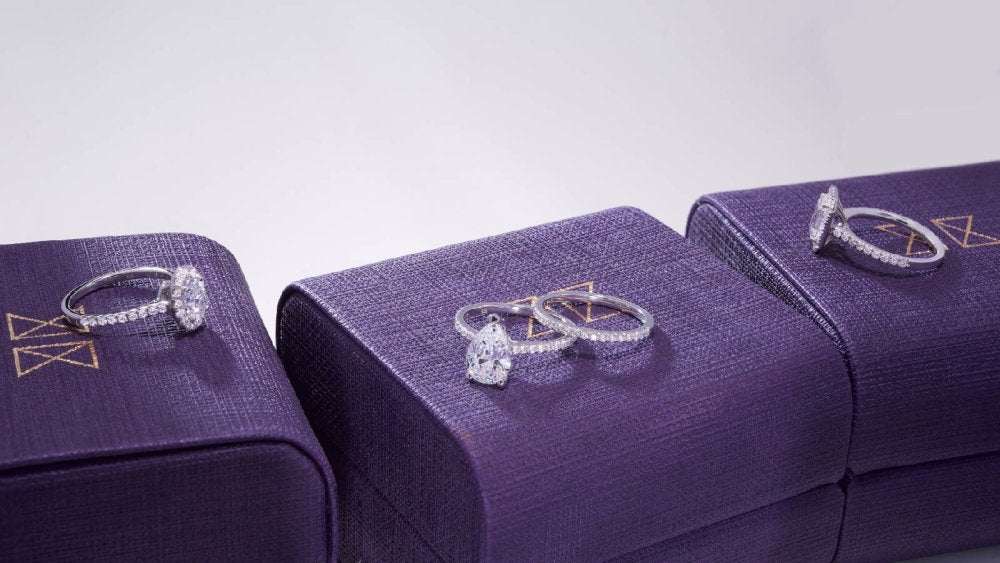If you are a college instructor, employee, manager, or a video-tutorial maker, you probably use a whiteboard for your presentations. There are probably times when your marker runs out in the middle of class or an important meeting. Some markers may also fail to deliver consistent linework and even leave stains on your whiteboard.
Choosing a high-quality whiteboard marker seems like an easy thing to do. However, there are some considerations you need to know before making that purchase. You may want to choose different colours to highlight information. There are also various marker tips that you can use to help your presentation be more visually-engaging.
How to Know Which Whiteboard Marker Tip to Use
Using the appropriate whiteboard marker can help a lot in the delivery of your lectures or presentation. If the readers can read text clearly, they will more likely pay attention and easily understand the information you want to convey.
- Thick: Thick-tipped markers are commonly used to write large text which can be easily read. They let out more ink to make thicker lines. It is important not to keep your letters big enough so that the audience can still read them from afar.
- Thin: Thin-tipped markers are ideal for writing fine lines of text or even illustrations. You can use it to write schedules, text in tables, or captions for a graphic.
- Round: Rounded tips are the easiest to use and are typically great in writing long texts. Because of its round tip, the lines are always delivered evenly.
- Chisel: Chisel tip markers combine the benefits of using thick and thin tip markers. It has a broad tip in the shape of a wedge with a narrower edge. Having a chisel tip marker will remove the hassle of bringing along multiple whiteboard markers.
However, chisel tips can be difficult to use at first. You should always hold the tip of the marker at an angle of 45° to the baseline. It would help if you made sure that the position of the pen is constant.
Other Considerations in Choosing a Whiteboard Marker
Aside from the marker tip, there are other considerations in choosing a high-quality marker for your needs.
- Non-drying: It is best to choose a marker that will not dry up easily, even if you keep the cap off while discussing what you wrote.
- Non-offensive, low odour: Most markers have a strong odour that can distract you and the audience during the presentation. It is important to choose one with a non-overpowering smell.
- Lasting ink intensity: Some markers tend to fade out from the whiteboard surface after being exposed for some time. This is not ideal if you do not plan on erasing the written information right away for future reference.
- Easy to erase: Ink stains should not remain on the whiteboard after erasing. You should choose a marker that will completely remove the ink from the surface even after leaving it for a couple of days.
Conclusion
Choosing a whiteboard marker should depend on several factors. It is important to know what type of tip to use based on the text you want to present. A chisel tip is ideal for writing thin or thick text lines and can be termed as a universal marker.
The marker should also be non-drying, easy to erase, have a non-offensive odour, and have lasting ink intensity. These considerations can help you decide which brand of marker to have stock in school or the office for your future presentations.














